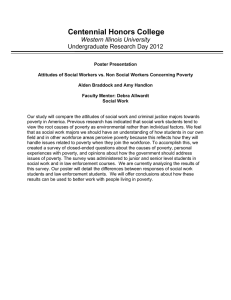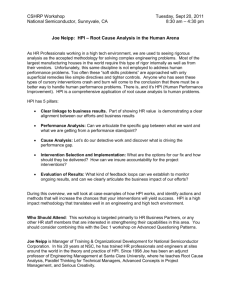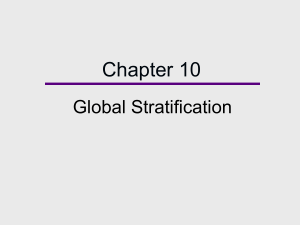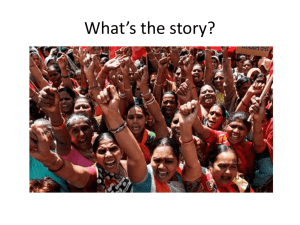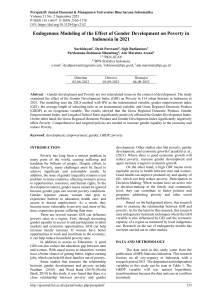Human Poverty Index HPI is used to calculate the percentage of
advertisement
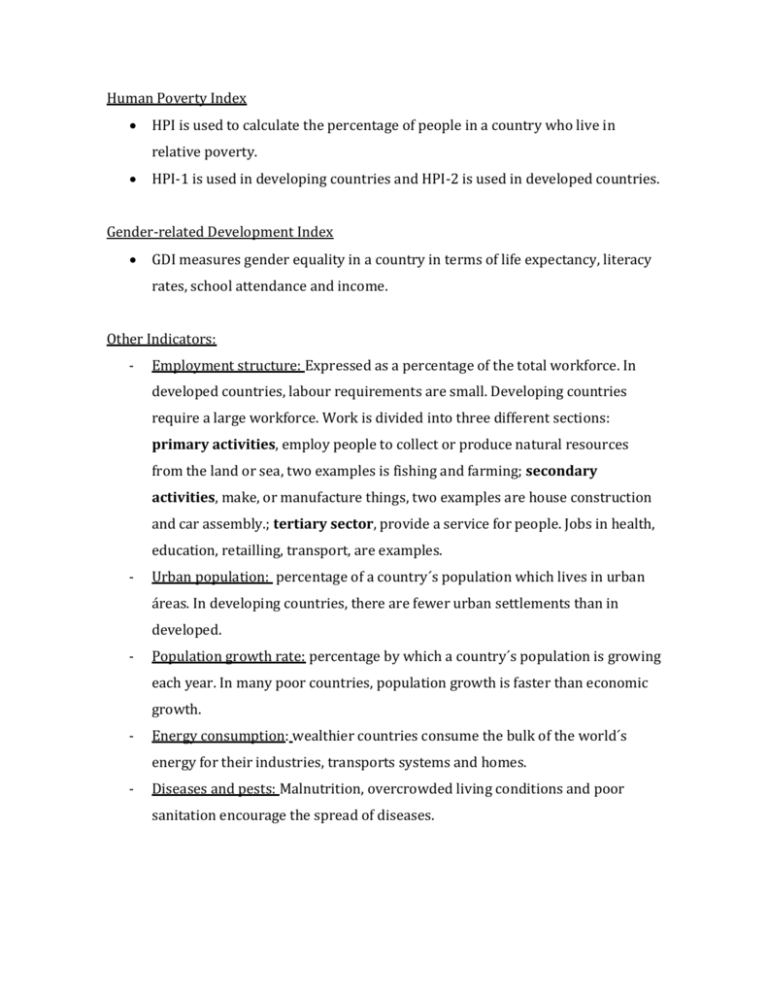
Human Poverty Index HPI is used to calculate the percentage of people in a country who live in relative poverty. HPI-1 is used in developing countries and HPI-2 is used in developed countries. Gender-related Development Index GDI measures gender equality in a country in terms of life expectancy, literacy rates, school attendance and income. Other Indicators: - Employment structure: Expressed as a percentage of the total workforce. In developed countries, labour requirements are small. Developing countries require a large workforce. Work is divided into three different sections: primary activities, employ people to collect or produce natural resources from the land or sea, two examples is fishing and farming; secondary activities, make, or manufacture things, two examples are house construction and car assembly.; tertiary sector, provide a service for people. Jobs in health, education, retailling, transport, are examples. - Urban population: percentage of a country´s population which lives in urban áreas. In developing countries, there are fewer urban settlements than in developed. - Population growth rate: percentage by which a country´s population is growing each year. In many poor countries, population growth is faster than economic growth. - Energy consumption: wealthier countries consume the bulk of the world´s energy for their industries, transports systems and homes. - Diseases and pests: Malnutrition, overcrowded living conditions and poor sanitation encourage the spread of diseases.







